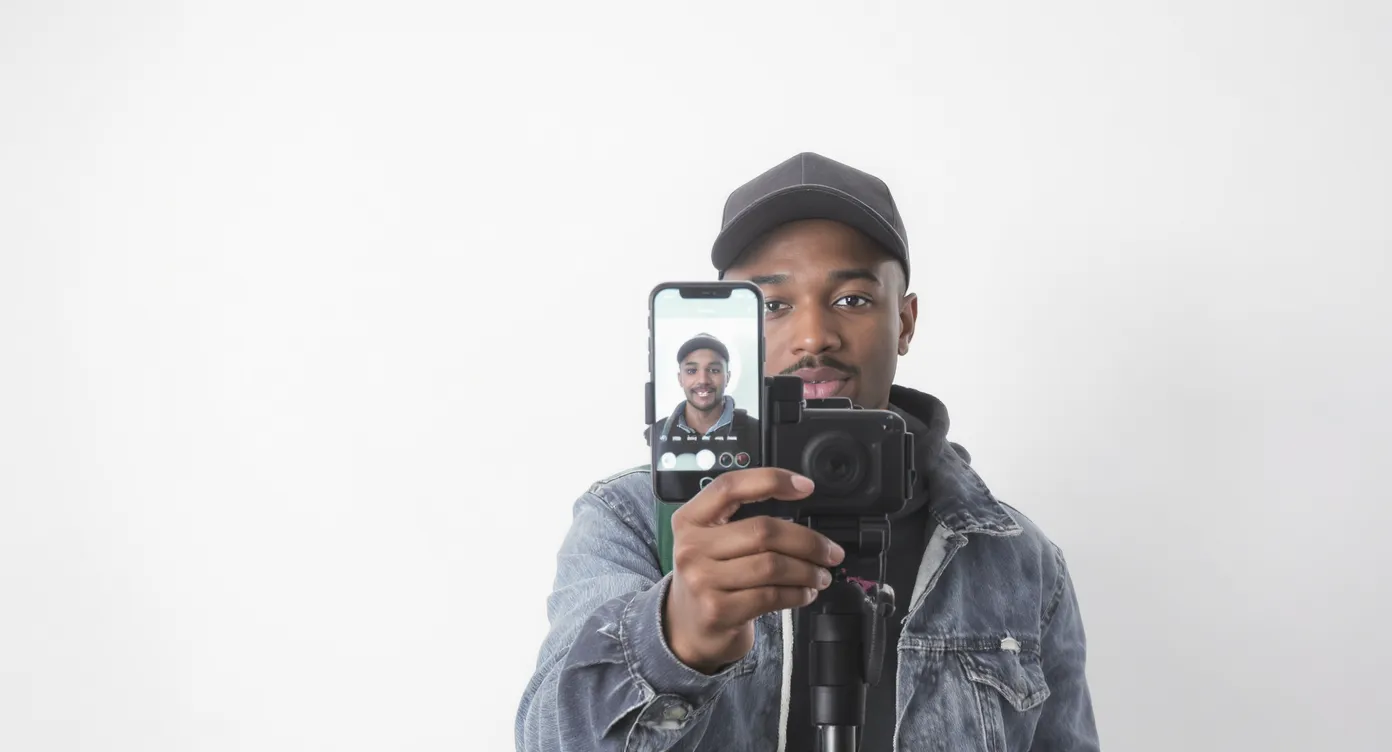Visa Application Checklist: Documents, Photos, and Timing

Applying for a visa rarely feels simple—one overlooked letter in your surname or a photo taken against the wrong background color can derail a trip you’ve spent months planning. Use the checklist below to gather every document, photo, and date-related detail you’ll need for a smooth application, whether you’re submitting through a traditional embassy portal or a fully digital e-visa system.
1. Core Identity Documents
| Document | Why It Matters | Key Specs & Tips |
|---|---|---|
| Valid passport | Primary proof of identity and nationality | • Must be valid at least 6 months beyond your intended exit date. • Check that two blank visa pages remain. • If your passport shows wear or water damage, replace it first. |
| Previous passports (if any) | Shows travel history and prior visas | Scan every page with stamps/visas; some consulates ask for this to verify overstay history. |
| National ID card (select destinations) | Secondary identity check | Upload front and back in a single PDF; ensure legibility at 300 dpi. |
Internal link: For deeper guidance on document quality, see our post “7 Essential Documents Needed for an Electronic Visa Application.”
2. Compliant Passport Photos
Most rejections in 2024–2025 still stem from non-compliant photos. Follow the exact specification published by your destination country, but the checklist below covers 90 % of common rules:
- Size: 35 × 45 mm (Europe) or 2 × 2 in (U.S., Canada)
- Background: plain, light gray or white—avoid patterns/shadows
- Expression: neutral face, mouth closed, eyes open
- Head position: camera directly in front, no tilt; face fills 70–80 % of frame
- Glasses: remove unless medically necessary; no glare or tinted lenses
- Head coverings: only for religious purposes, and facial features must be fully visible
- File format (e-visa uploads): JPEG or PNG, 250–500 KB, 300 dpi resolution
Quick tip: Use a smartphone app that exports to multiple sizes and provides an auto-crop grid. Print two physical copies even if you’re applying online—immigration officers occasionally request them on arrival.

3. Proof of Purpose & Travel Plans
-
Flight reservation or onward ticket
- A fully paid ticket is ideal, but a verifiable reservation is accepted in most cases.
- Ensure the name matches your passport exactly.
-
Accommodation confirmation
- Hotel booking, rental agreement, or invitation letter from a host.
- Dates must align with flight itinerary.
-
Itinerary or tour confirmation
- Especially for multi-country trips or cruises.
- Upload as PDF with day-by-day outline if requested.
Cruise lines can simplify port-visa requirements via API data—learn how in our industry guide for cruise operators.
4. Financial & Employment Evidence
| Proof | Typical Requirement | Best Practice |
|---|---|---|
| Bank statements | Last 3–6 months; stamped or e-verified | Highlight regular income and maintain a daily balance well above minimum daily spend (rule of thumb: USD 100 per day of stay). |
| Payslips or employment letter | Confirms stable employment & intent to return | Include company letterhead, HR signature, and contact email reachable by the embassy. |
| Tax returns / business license (self-employed) | Demonstrates legitimate income | Provide current year plus previous year if available. |
| Travel insurance certificate | Minimum medical coverage (often €30 000 for Schengen) | Check that policy number and coverage dates are clearly visible on the PDF. |
5. Supporting Documents by Visa Type
Tourist visas cover most leisure trips, but special purpose categories usually require additional paperwork:
- Business: invitation letter on company letterhead, meeting agenda, and if relevant, an ETIN or company registration document of the host firm.
- Student: acceptance letter, proof of tuition payment, transcripts, and guardian consent for minors.
- Medical: treatment appointment confirmation, hospital letter, and financial guarantee for medical costs.
- Transit: confirmed onward ticket to a non-visa-required destination.
See “Understanding the Different Types of Electronic Visa Available” for a full breakdown.
6. Timing: When to Apply (and When Not To)
Processing times fluctuate with seasonality, nationality, and security checks. Missing the sweet spot is one of the top 3 reasons travelers miss flights, according to 2025 IATA data. Follow this universal timeline:
| Visa Category | Earliest Application | Latest Safe Submission* | Typical Processing** |
|---|---|---|---|
| e-Visa (tourist) | 90 days before travel | 7–10 days before travel | 24 h–5 d |
| Schengen short-stay | 6 months | 3–4 weeks | 15 d (up to 45 d with interview) |
| U.S. B-1/B-2 | 365 days | 2–3 months | Varies by embassy; interview wait adds 20–120 d |
| UK ETA | 3 months | 1 week | 24–72 h |
| Long-term work/study | 6–9 months | 2–3 months | 30–90 d |
*Latest safe submission incorporates a buffer for document requests or system outages.
**Processing refers to calendar days once a complete file is submitted and paid; incomplete files reset the clock.
Internal link: For destination-specific advice, read “When Should I Apply for an Electronic Visa?”.
Peak-Season Alerts
- May–August (northern-hemisphere summer) and November–January (holiday travel) stretch embassy capacity. Apply at least two extra weeks ahead.
- Events like Paris 2024 legacy tourism or Expo 2025 Osaka produce visa surges; monitor official advisories.
7. Digital Readiness Checklist (for Online Portals)
- Reliable internet or VPN if you’re in a country with restricted access.
- Valid credit/debit card with 3-D Secure enabled; prepaid cards often fail.
- PDF reader/editor to merge multi-page documents (< 10 MB total upload limit is common).
- Pop-up blocker disabled for payment gateway redirects.
For more cyber-safety tips, see “9 Essential Security Tips for Electronic Visa Applications.”
8. Final Pre-Submission Audit (5 Minutes)
- Name consistency: Passport ↔ application ↔ tickets.
- Dates aligned: Entry/exit match flights & accommodation.
- File names: Use clear labels (e.g., Doe_Passport.pdf).
- Scans legible: No glare, all corners visible.
- Backup: Save everything in cloud + offline USB.
Frequently Asked Questions
Do I need original bank statements or are PDFs acceptable? Most e-visa systems accept electronically downloaded PDFs. For in-person appointments, bring stamped originals as well.
Can I use the same photo I have in my passport? Only if it was taken within the last six months and meets current size/background rules. Safer to capture a fresh image.
What happens if my passport is renewed after I submit the application? Some countries let you transfer the e-visa; others require re-application. Check our guide on transferring e-visas to a new passport.
How early is too early to apply? Applying before the accepted window (e.g., more than six months out for Schengen) can lead to automatic rejection. Always verify the earliest date on official sources.
Ready to Remove the Guesswork?
Even with a rock-solid checklist, navigating dozens of consulate websites can steal hours from your planning time. SimpleVisa auto-surfaces exact document, photo, and timing requirements inside your booking flow—or via a branded portal—so your customers (or you!) can submit a compliant application in minutes.
Book a free demo to see how SimpleVisa increases approval rates and ancillary revenue while eliminating paperwork headaches.